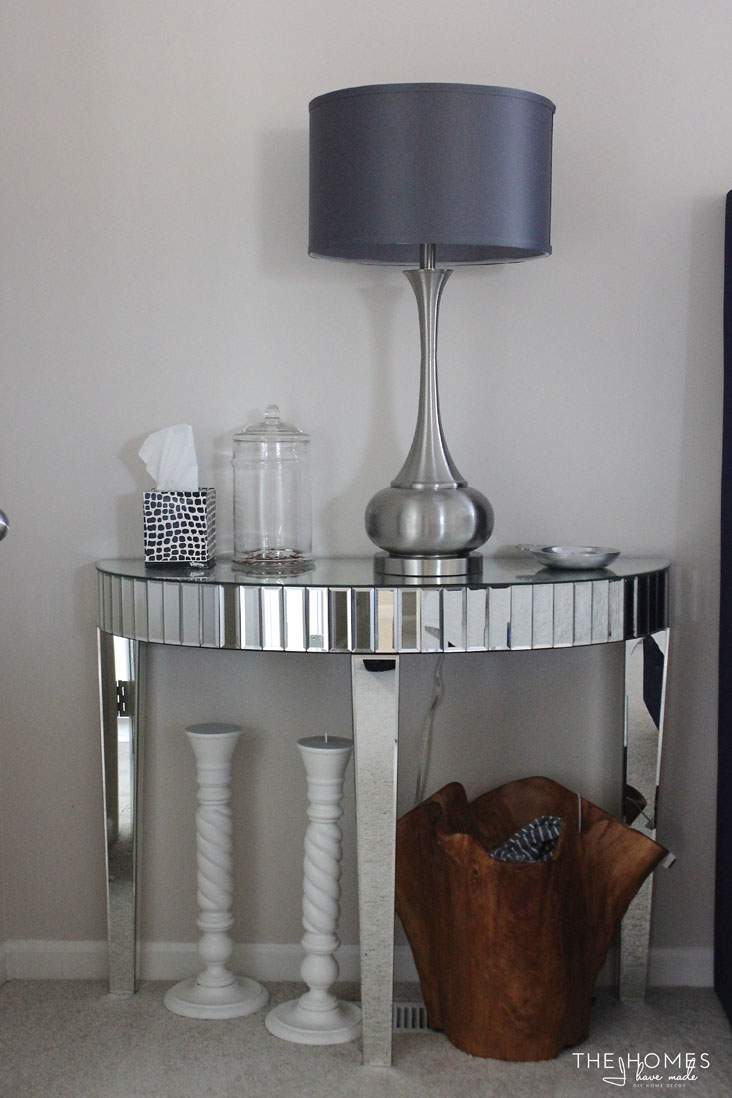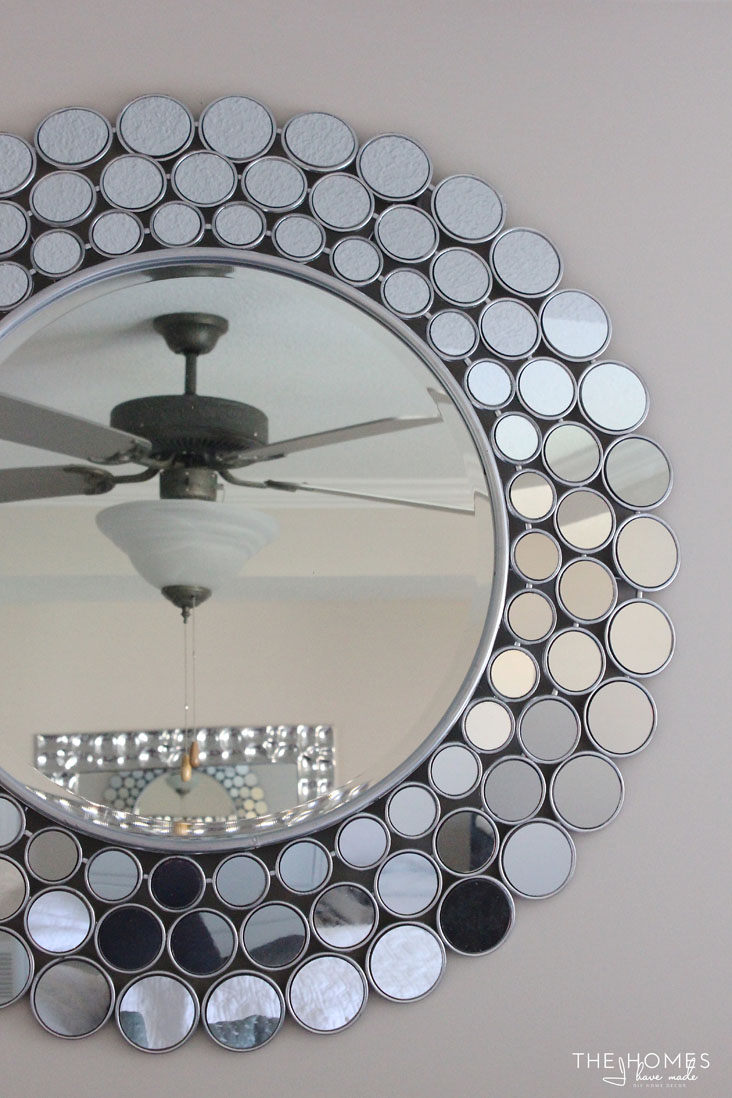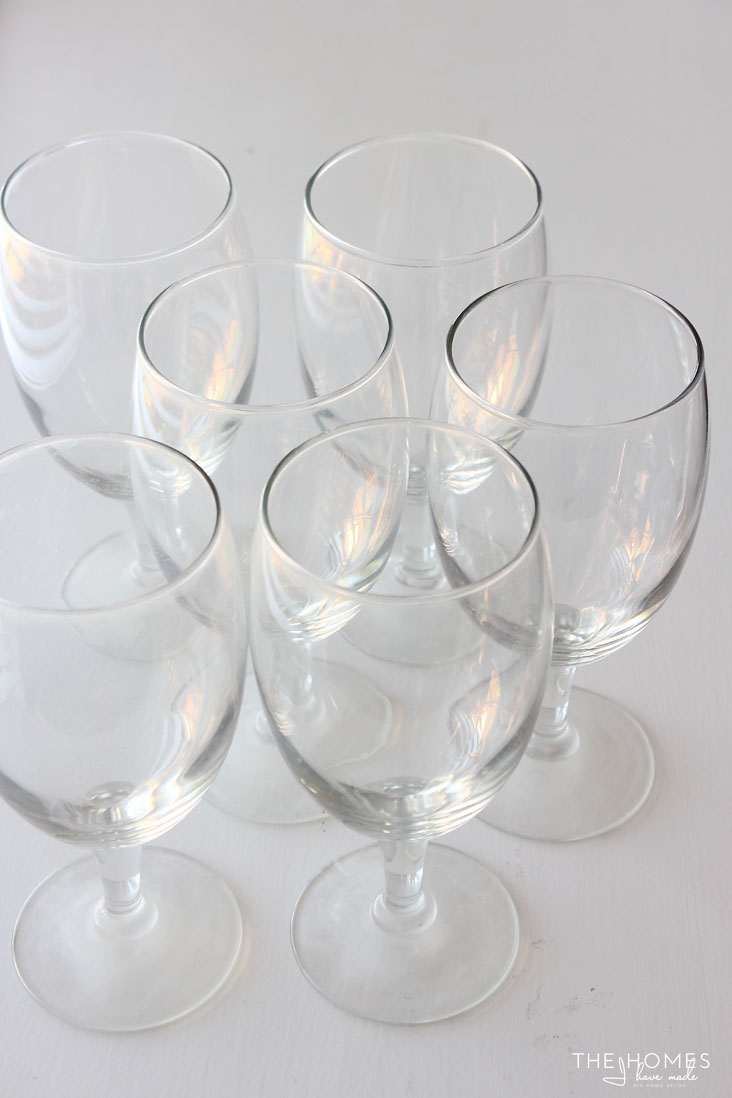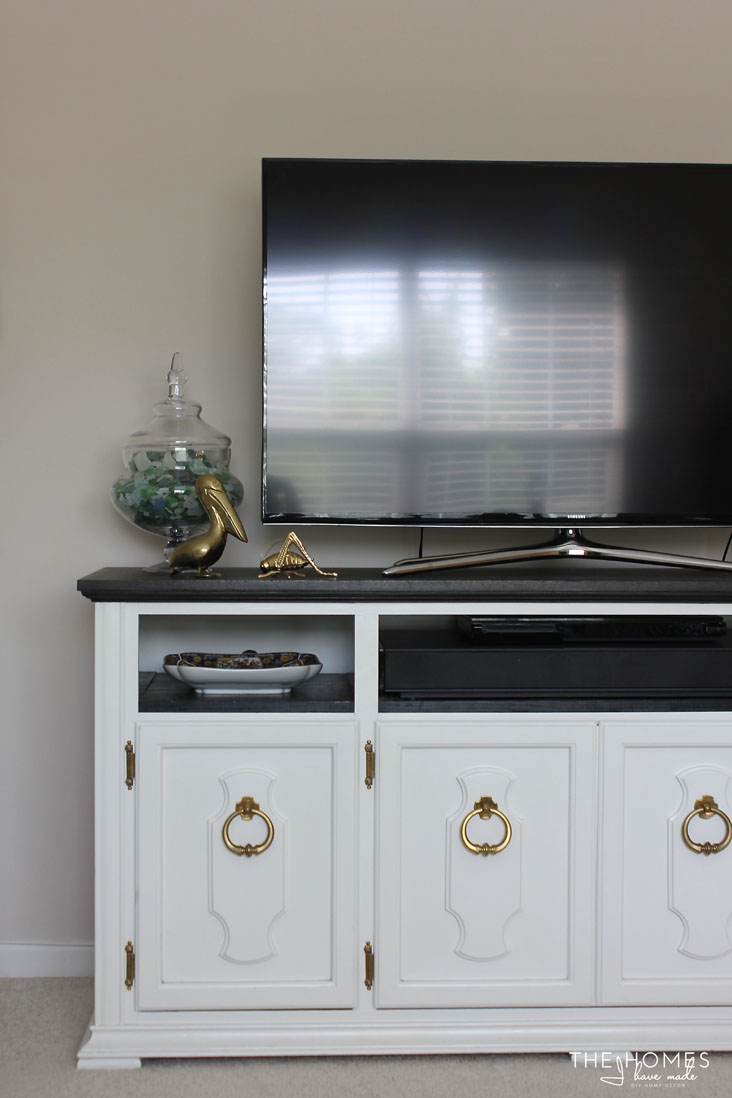In the six moves my family and I have made, we’ve been fortunate enough to be packed up by professional movers. Having the pros pack our belongings has its obvious perks, but over the years, I’ve also learned quite a bit about the right and wrong ways to pack specific items. Today, I’m sharing tried and true tricks of the trade for packing some of the most breakable (and valuable) things!
Furniture

Moving furniture is often the most strenuous but not usually the most tedious. Use these tips when preparing your furniture to move:
Disassemble only what is necessary: Remove easily breakable legs from tables and chairs, take out loose shelves and disassemble oversized furniture (like beds). Keep the hardware with the furniture by placing it in plastic bags and securing with tape.
Wrap hard furniture in blankets: Use bedding, sheets, towels and blankets to protect furniture from dents and scratches.
Wrap upholstered pieces in plastic: To keep fabric on furniture clean, wrap upholstered pieces in plastic sheets or Saran wrap. It’s inexpensive, easy to use and easy to cut away.
Mirrors and Frames

There is nothing worse than arriving at your new home and discovering shattered glass all over the bottom of the truck. To keep artwork and mirrors safe, follow these tips:
Large mirrors and artwork: Buy or make boxes that specifically fit the size of the mirror. Pad the bottom of the boxes with packing paper. Wrap the mirror in several layers of paper, then pack around the front and back of the mirror with more paper. Before taping the box closed, ensure the contents don’t wiggle. Label the box clearly, and load these boxes vertically. Never transport mirrors laying down horizontally.
Small mirrors and artwork: Use the same method as above, but pack several mirrors or frames vertically in a single box (standing on end). Be sure to use plenty of paper between each frame, and again, ensure there is no movement inside the box before closing and labelling it. These boxes should also be loaded in the vertical position.
Dishes

Packing dishes for safe transport is one of the most time-consuming and tedious tasks. However, the time is well worth the effort to ensure all your breakable items arrive intact.
Use the right boxes: Use specific boxes called dish packs. With their thicker bottoms and sides, these boxes have more structure and support to keep breakables safe.
Use ample amounts of paper: Don’t hesitate to use packing paper. Extra padding on the bottom and top of the box, as well as between layers, will ensure everything stays snug while transported. Further, wrap every breakable item individually to keep them from rubbing against each other.
Pack in layers: When things rattle around, they break. To keep everything snug, pack in layers. Use paper as necessary to cushion open spots. Once a layer is full, place sheets of paper over the items and start another layer. Continue packing tight layers until the entire box is full.
Label clearly: Clearly label the contents inside the box on all sides in readable handwriting. Make it very clear to anyone handling the box that breakable items are inside.
Electronics

Electronics have become an essential part of life, making it all-too-important they arrive safely and in working order. From televisions to computers, speakers to printers, these tips will help you pack these high-priced essentials right:
Use original boxes: When possible, re-pack electronics back into their original boxes with the provided packing materials.
Build boxes for large electronics: When original packaging isn’t available, make custom-sized boxes for large items like flat-screen televisions and computers. Ensure boxes are snuggly padded on all sides, and surfaces and outlets are protected.
Use soft items for packing: Use towels, pillows, comforters and blankets to pack electronics. Not only does this cut down on paper waste, but these items provide more padding than paper would.
Record pertinent information: Before packing up high-priced electronics, record the serial number, working condition and any other specific information that may be required to file insurance or damage claims. Snapping photos of the item powered on and in action can also help prove its condition should claims need to be filed.
Taking the time to pack items right will save you the time, heartache and hassle of replacing damaged goods. With proper packing materials and the right techniques, all your items can and will arrive at your new home intact and in working condition. If you have a move coming up, be sure to check out our other moving resources, including our Ultimate Moving Checklist and surefire ways to get your security deposit back!
Need-to-Know Tips and Tricks for Moving Fragile Items Safely
Apartment Living

Recommended Articles
Apartment Living
7 Min. Read
The Pros and Cons of Renting a House
There are many reasons why you might choose to rent a house. Whether you want more yard space for your pet, privacy from neighbors, or the simple luxury of getting packages delivered to your…
Apartment Living
8 Min. Read
How to Create the Perfect Reading Nook in Your Rental Home
Creating a reading nook is a great way to make your space feel like home. Even if you’re not the biggest bookworm, dedicating a spot to unwind, relax, and mentally escape from day-to-day life…
Apartment Living
10 Min. Read
6 Best Smart Devices for Your Rental
Just because you live in an apartment doesn’t mean you can’t have a “smart home.” Even with limited square footage or strict lease parameters, there are plenty of smart devices that can elevate your…
Apartment Living
9 Min. Read
Best Tips for Renting with Roommates
Renting with roommates has its ups and downs. Yes, it saves you money on rent and living expenses. And yes, sometimes it means having a built-in best friend right at home. However, sharing a…
